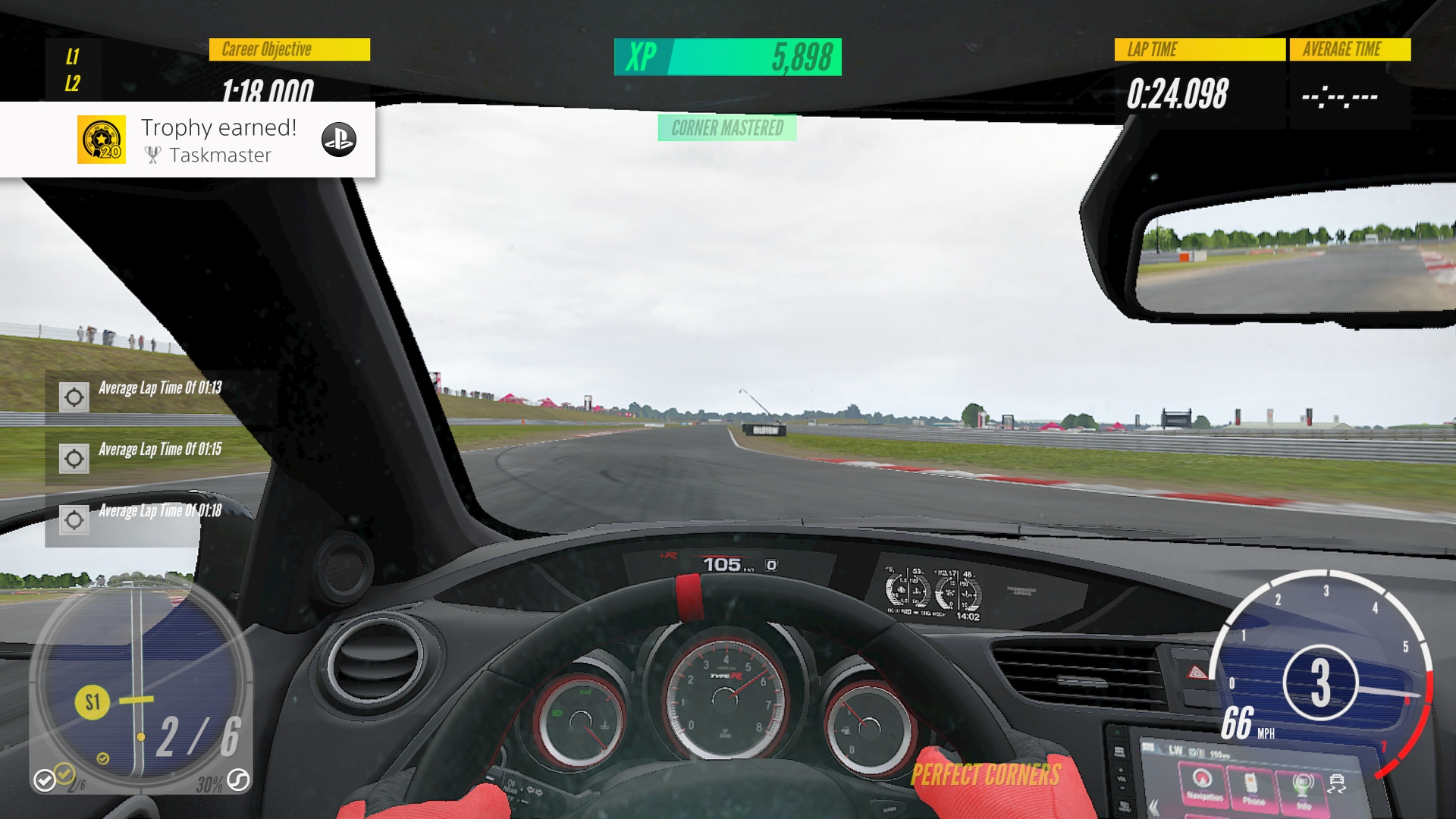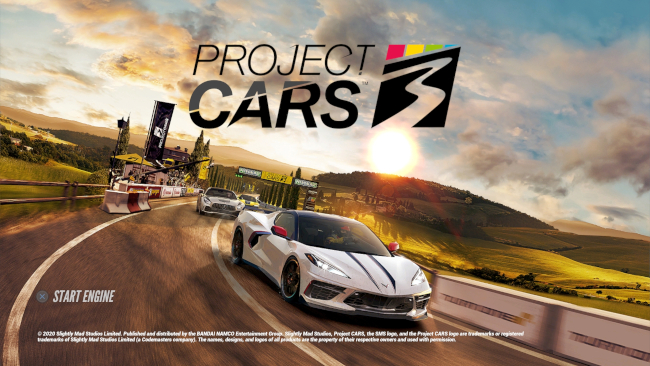Hard to believe it’s been nearly three years since Project CARS 2 released, but here we sit in 2020 with Slightly Mad Studios’ latest entry, Project CARS 3. Featuring a revamped look and feel, it seems the developer has opted to appeal to the more casual racing fan, while keeping in some of the simulation pedigree that made Project CARS famous. It’s always a hard task to balance simulation and arcade appeal, but read our Project CARS 3 review to see if this one hits the spot.
Project CARS 3 Review – Certainly Looks Familiar
Project CARS 3 still looks quite impressive. There’s not Gran Turismo levels of realism, but the helmet camera certainly helps to drive home some immersion. A photo mode can be entered at any time using the directional pad, which instantly pauses the action so you can frame a perfect shot. Cars are richly detailed inside and out, while audio work is what you’d expect in any racer. Playing with headphones on helps to track where opponents are in your vicinity, too. From a technical standpoint, this is still Project CARS at its core. HDR support is not present, which is a shame as the bright colors of the cars and environments would have really benefited from a contrast boost. On the PS4 Pro, the option to prioritize resolution or frame rate can be found in the Visuals section of the Settings menu, which lets the player choose if they’d rather have better-looking visuals or a frame rate that is closer to a constant 60 per-second.
The handling model from earlier Project CARS games is nowhere to be found in this entry. It feels like an arcade simulator, with a heavy emphasis on arcade physics. Different vehicles still feel distinguishable from one another, as a contemporary Aston Martin will steer more nimbly than a vintage Mustang, for example. But overall, these machines are much easier to drive through winding roads without assists, because the physics involved is more forgiving than harsh reality. The result of this is that Project CARS 3 is immensely more accessible without tweaking settings, and thus it seems Slightly Mad Studios has widened their appeal. Fans of Project CARS 2 will probably want to keep that game installed for when they want to drive a simulator from this developer.
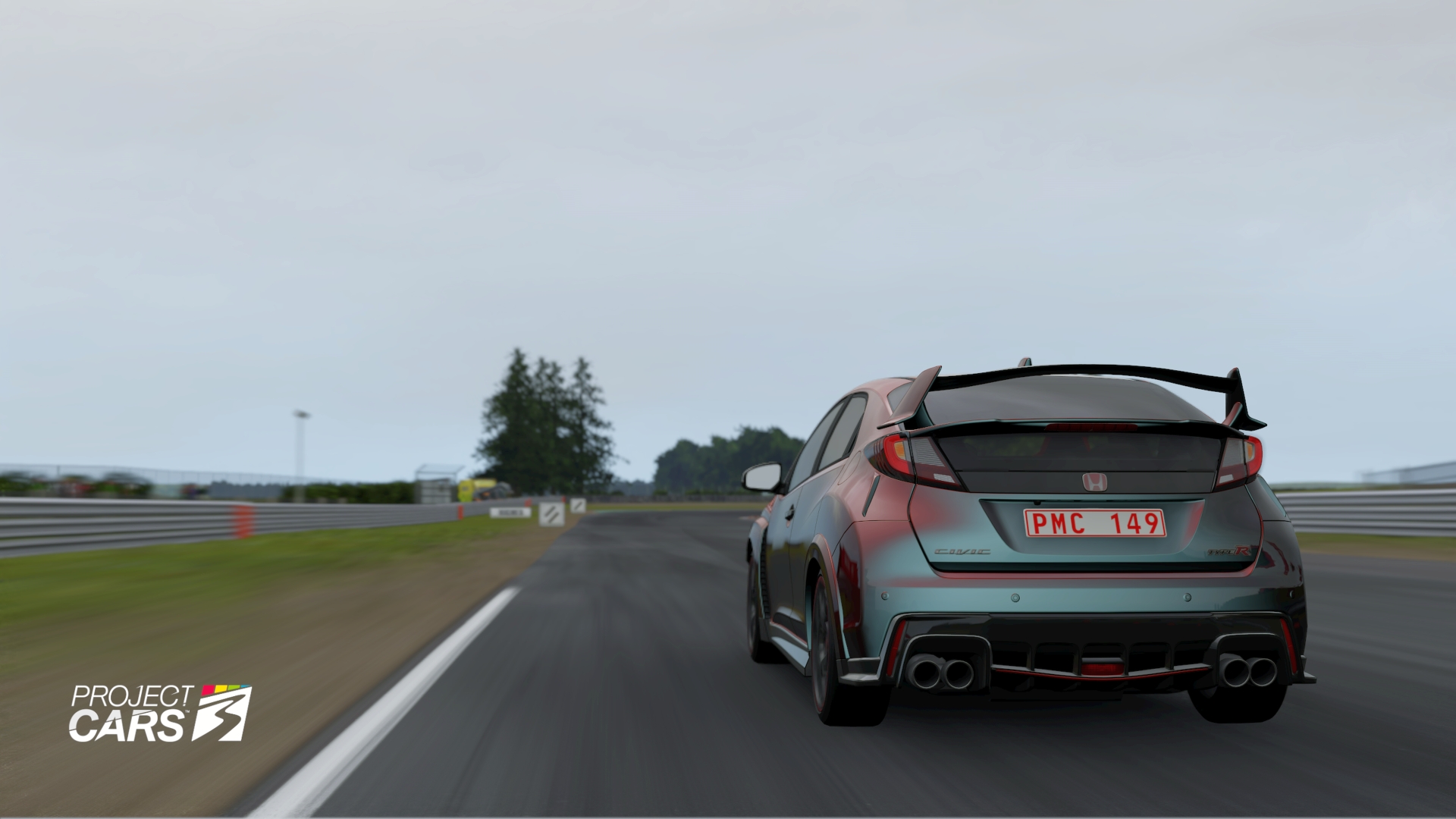
Project CARS 3 Review – Dialed Down Most Things
The removal of simulator aspects goes much further than just handling, however. Project CARS 3 only features two weather transitions during a race, if that race features weather. While the weather effects are realistic, as are its effects on the track thanks to the LiveTrack 3.0 system carried over from Project CARS 2, the effects on the cars are less pronounced. This is because tire wear is no longer an issue, and neither is fuel consumption – this also means pit stops are a thing of the past. Race weekends are nowhere to be found, either. There are no qualifying sessions, no practice sessions, no warmups, or anything remotely like what you’d find in Project CARS 2. Players are simply dropped into an event in the middle of the field, tasked with clearing objectives such as drafting for a certain amount of time, making a minimum amount of clean passes, or performing other random feats. With all of these removed features, perhaps this game could have been called CARS Lite, CARS Taskmaster, or simply CARS. I really don’t know what the name should have been, because I’m not a marketing guy, but with such a different feature set, this doesn’t feel like a true sequel to Project CARS 2. That’s not a bad thing, but if the series does ever return to its simulation roots, the Project CARS 3 name has already been used.
Career progression is now divided into segments of vaguely related events. For instance, a Road Class D page will include three single events, followed by a two or three-stage mini championship. Some of the events are single races that need to be won, alongside some optional objectives that award extra experience points for both the player and car level. Other events are single-racer time trials, a points-based mode called Breakout which tasks the player with running into barriers placed on the track, and a dreaded mode called Pacesetter where the player must have an average lap time spread out over three full laps of a course. This last mode shows some of the history of the Project CARS series, and perhaps not in a good way – if the player veers of the course even slightly, like say a tire runs just over the edge of a curb on the inside of a corner, then the entire run is invalidated. There is no quick restart option, either. The player is required to pause the game, select restart, wait for the session menu to load, then start the event again. If the event is a race, after a few retries the session menu automatically selects the difficulty option, hinting at a way to make things easier, but this can be frustrating if the player simply wants to complete optional objectives and isn’t worried about their position.
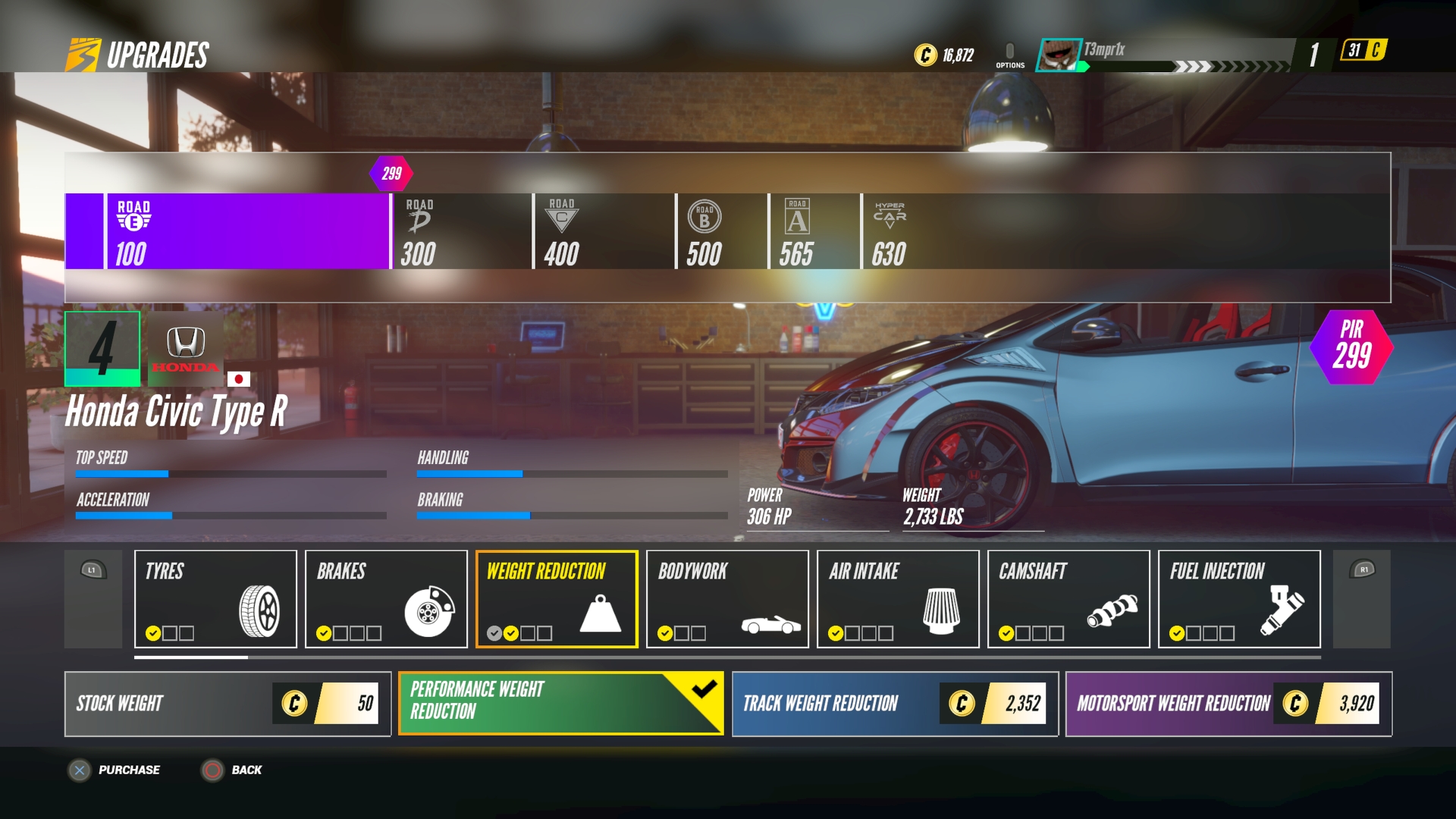
Project CARS 3 Review – Upgrade To Win
Upgrading cars is a new concept in Project CARS 3. You can take a Road E class car (a base model) and upgrade it well enough to compete in much higher classed races by upgrading various parts. This results in noticeable performance differences, and allows you to continue driving a car that you love a lot longer than would be possible otherwise in order to stay competitive. Upgrades don’t cost too much, and all credits are earned in-game; microtransactions are nowhere to be found.
Online options include a new Rivals mode, which is the only area where Project CARS 3 includes some of the race weekend feel. Players can qualify up until the race starts at a specified real-life time, at which point the actual race begins. The starting position is very important in any race, but especially so in an online environment where lag spikes can cause players to crash or have some other difficulty.
Project CARS 3 Review – A Different Audience
In case it wasn’t clear by now, Project CARS 3 isn’t exactly for fans of the older entries. This is a new, quicker paced, “modern” racer, for good and bad. It’s easier to drive like a pro, but many pro-like features such as race weekends are gone. Things like tire wear and fuel consumption are no longer concerns, as are pit stops. Racing against others comes down to qualifying times and a bit of luck, as opposed to any real strategy. Upgrading cars is sleek and easy, though, and modifying a car’s livery is also fun. There is plenty to enjoy here, but other games in the sim-arcade area do it better.
Project CARS 3 represents a huge shift in Slightly Mad Studios’ attitude towards racing games. I suppose this means the studio lives up to their name! What Project CARS 3 lacks in realism, it now makes up for with accessibility. However, lacking the flair of other established racers in this arcade-sim genre such as The Crew 2 or Need for Speed will make it a tougher sell. Still, there are a couple hundred new events to try, with hundreds of cars to tweak, upgrade, and drive. So, if Project CARS is to continue down this path of more friendly racing, then they are on the right track, but whether their regular fans will be along for the ride is another question entirely.
Project CARS 3 review code provided by publisher. Version 1.02 reviewed on a PlayStation 4 Pro. For more information on scoring please see our Review Policy.
-
Solid sim-lite racing
-
Upgradeability extends the life of cars
-
Accessible career mode
-
Not as exciting as other sim-lite racers
-
Race weekend features mostly absent
-
Restarting events takes a while
Project CARS 3 Review
-
Project CARS 3 Review #1
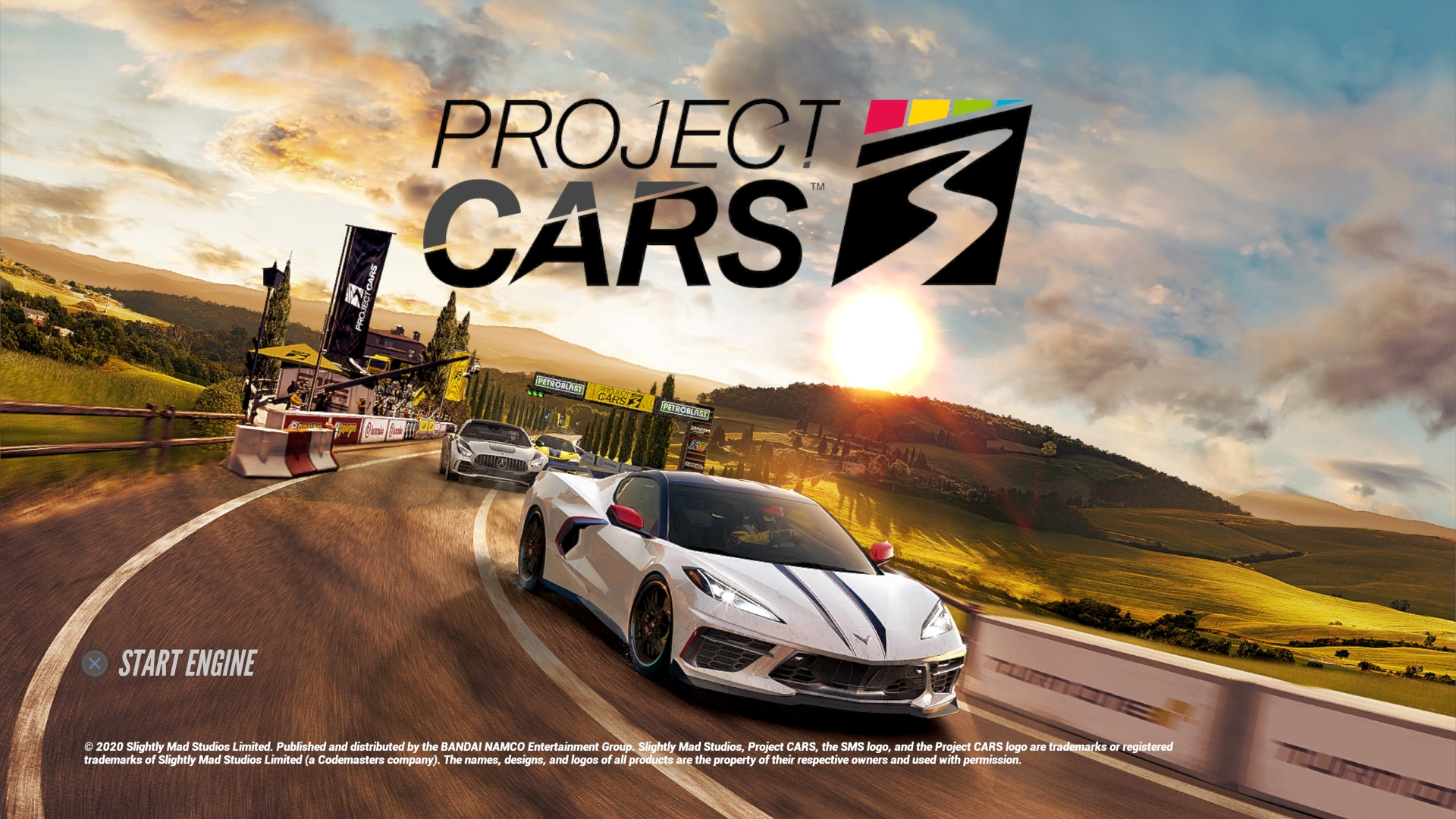
-
Project CARS 3 Review #2

-
Project CARS 3 Review #3
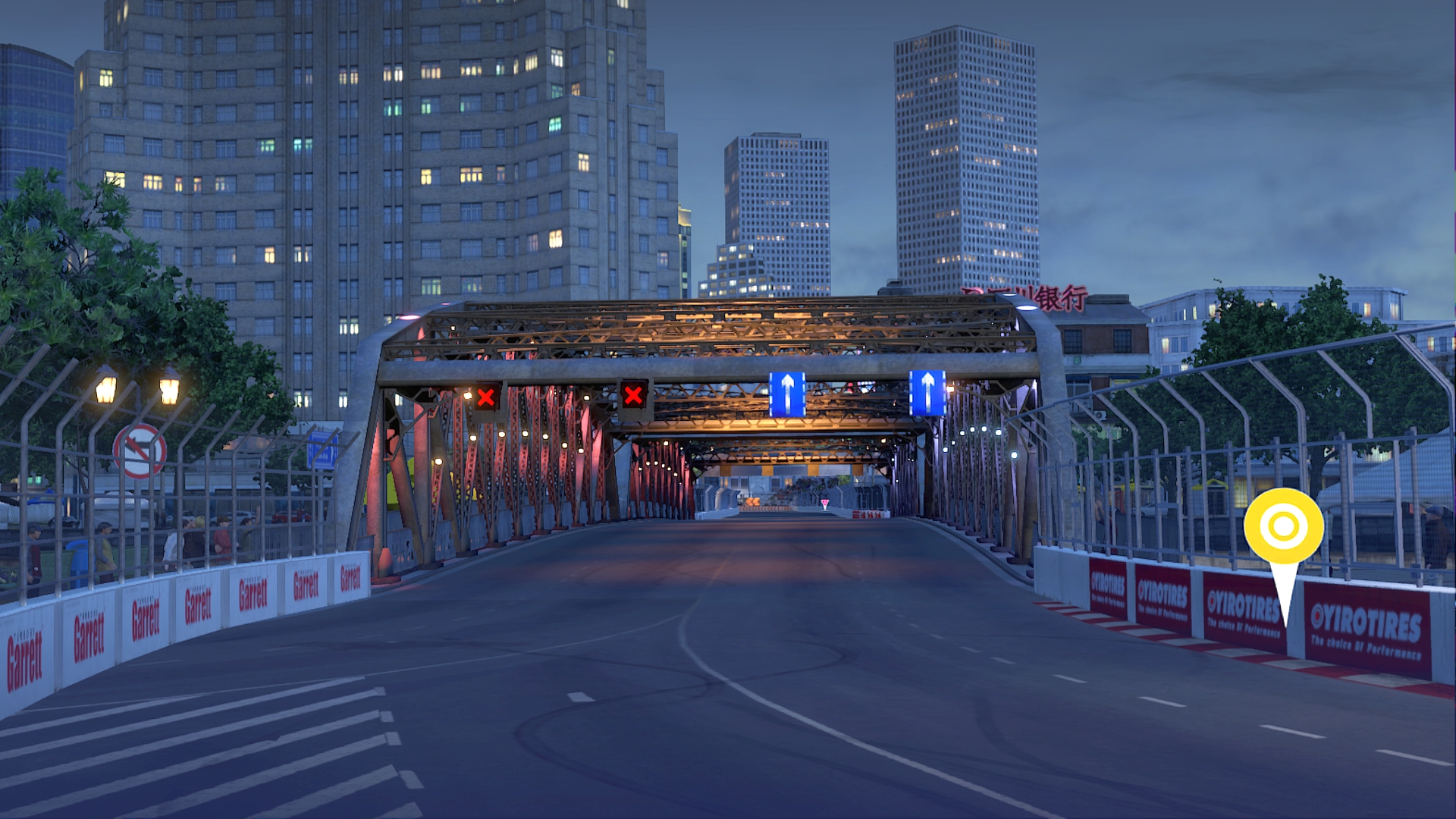
-
Project CARS 3 Review #4
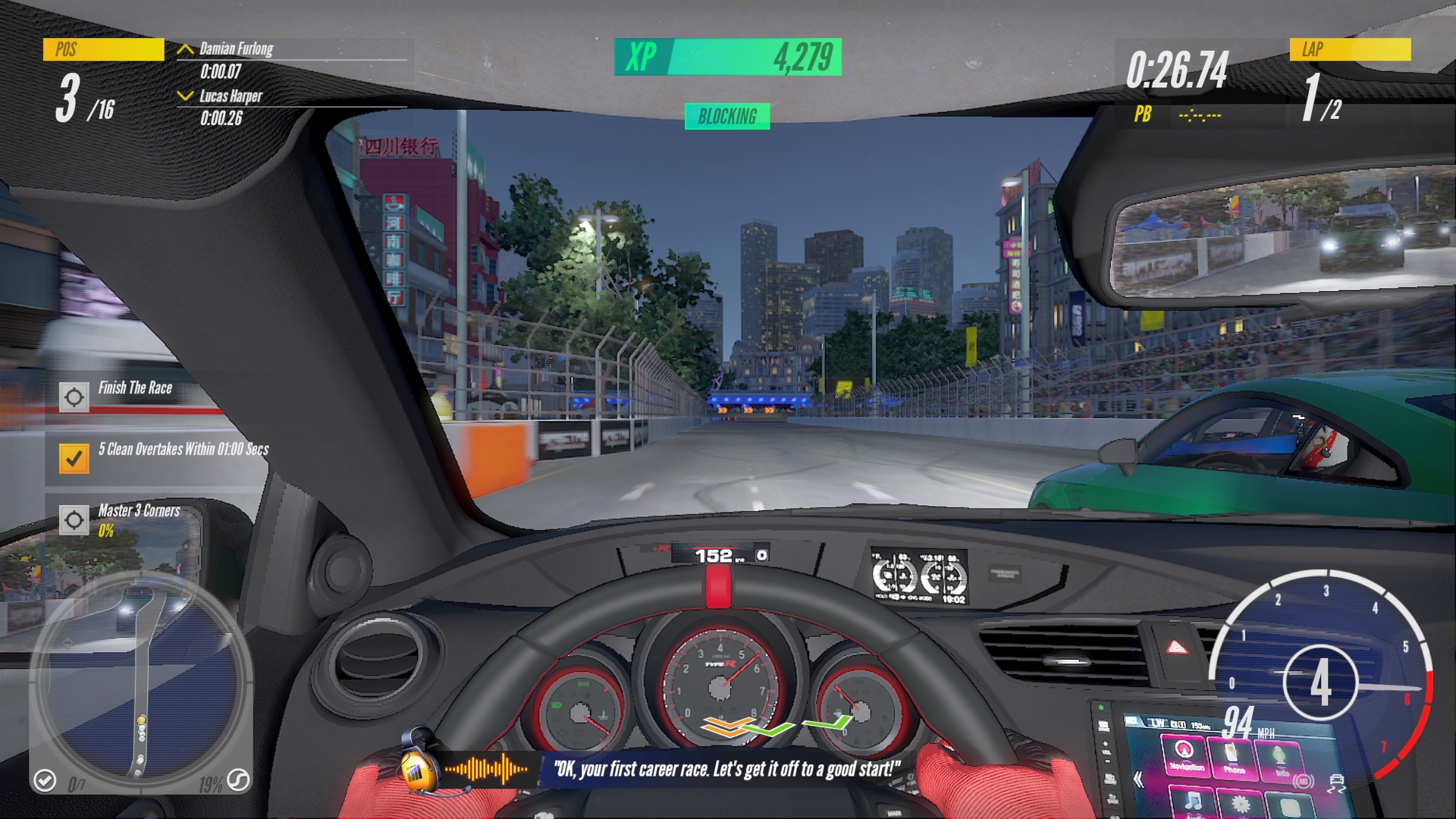
-
Project CARS 3 Review #5
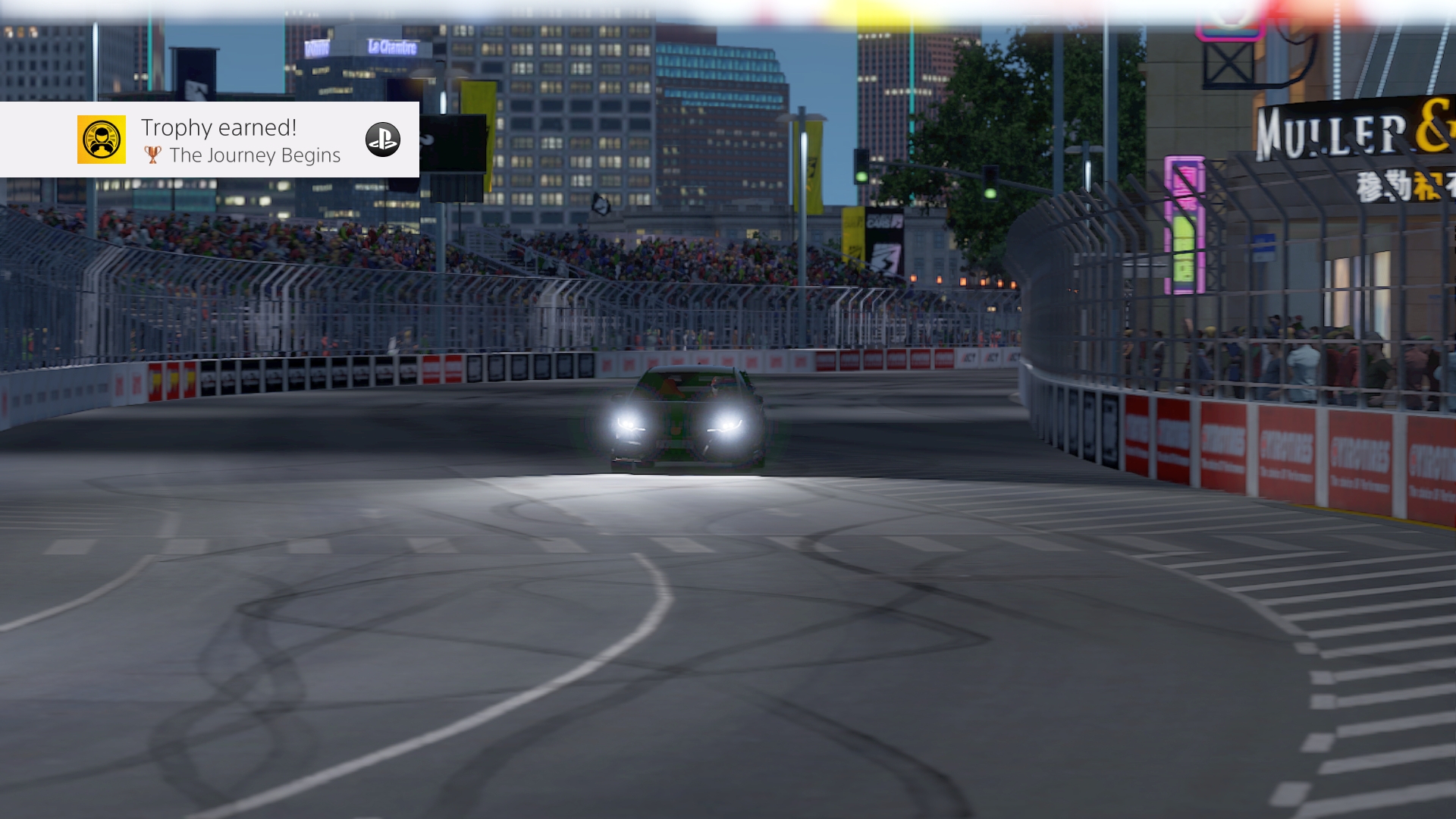
-
Project CARS 3 Review #6
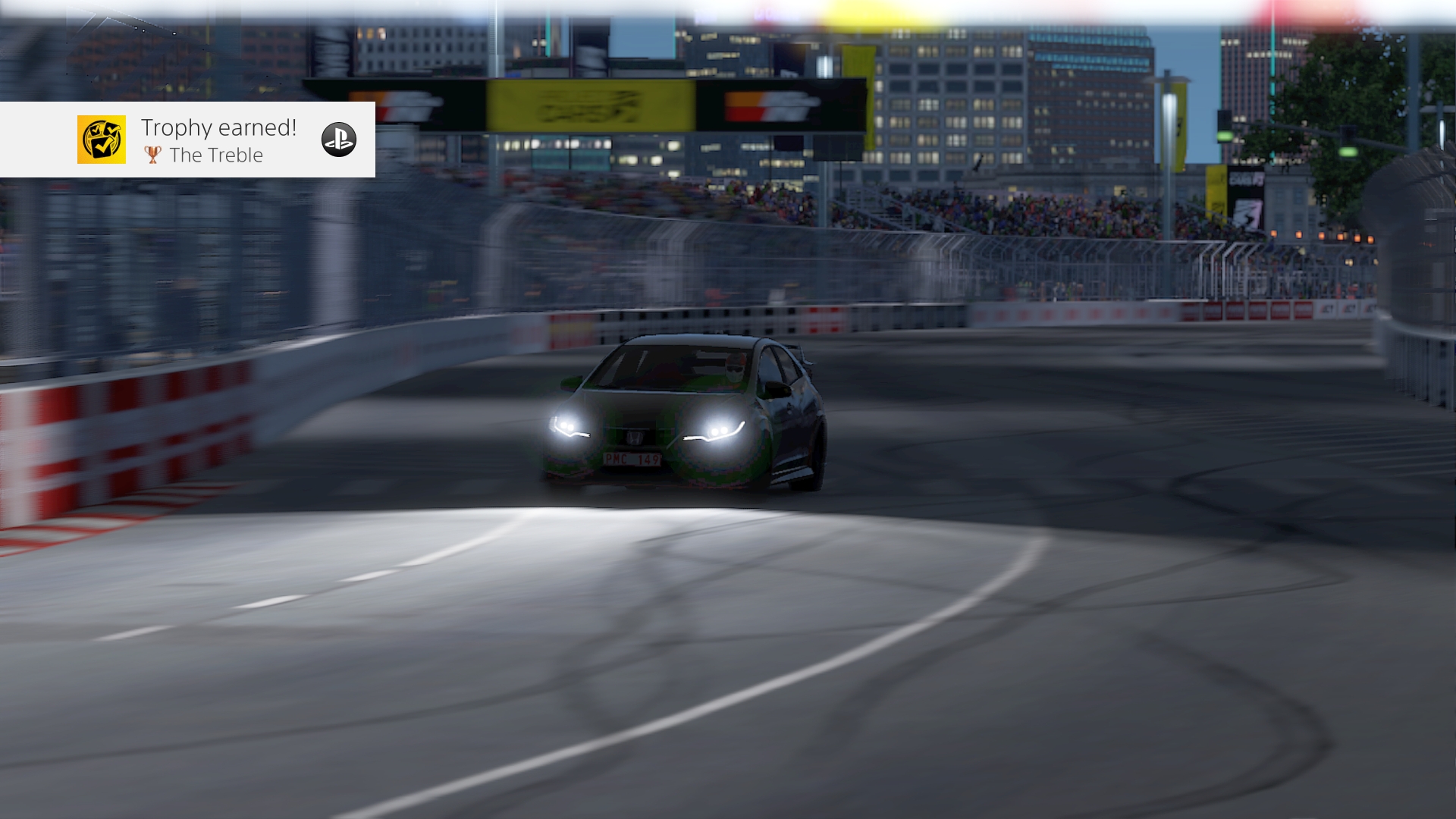
-
Project CARS 3 Review #7
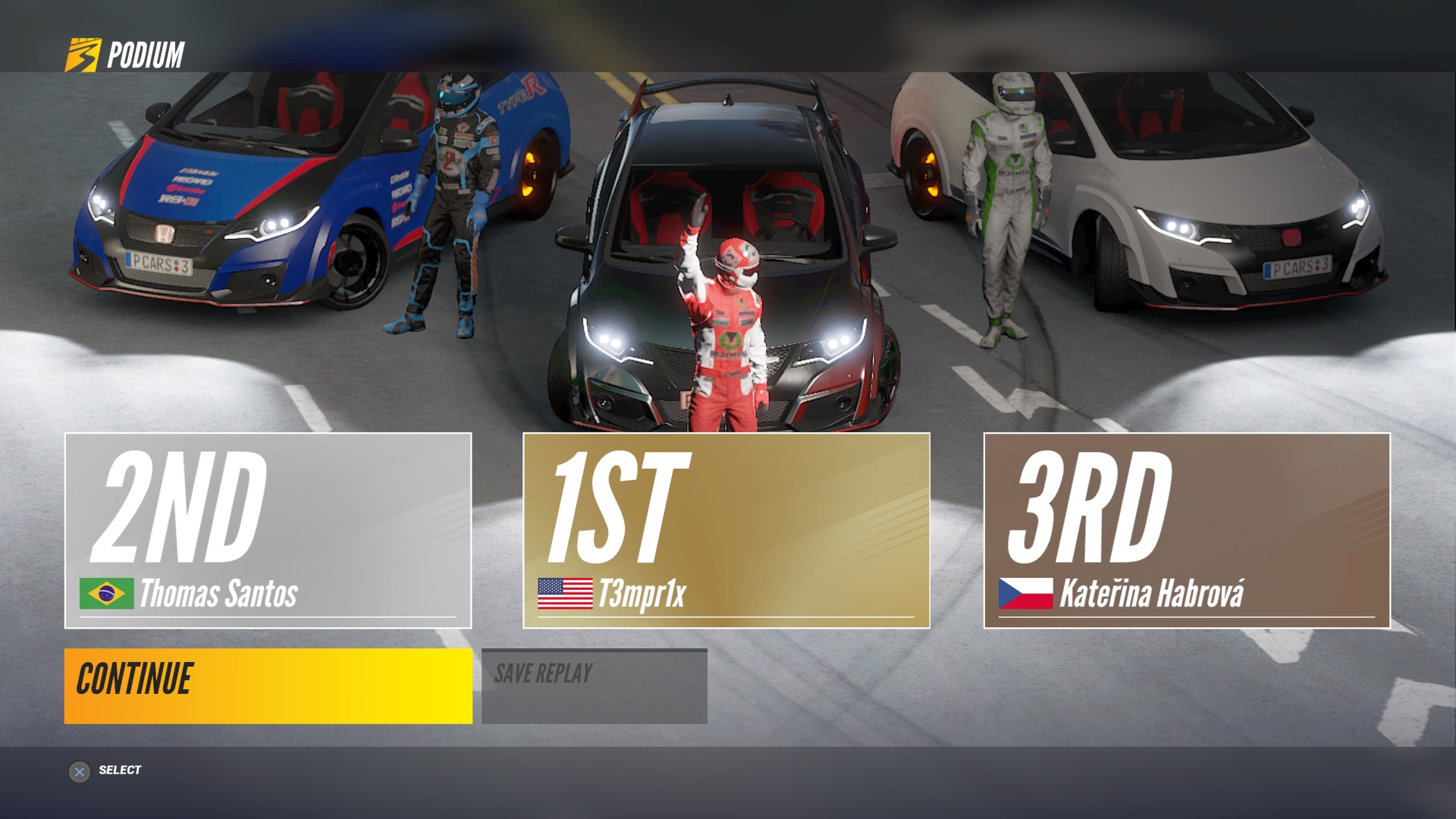
-
Project CARS 3 Review #8

-
Project CARS 3 Review #9

-
Project CARS 3 Review #10
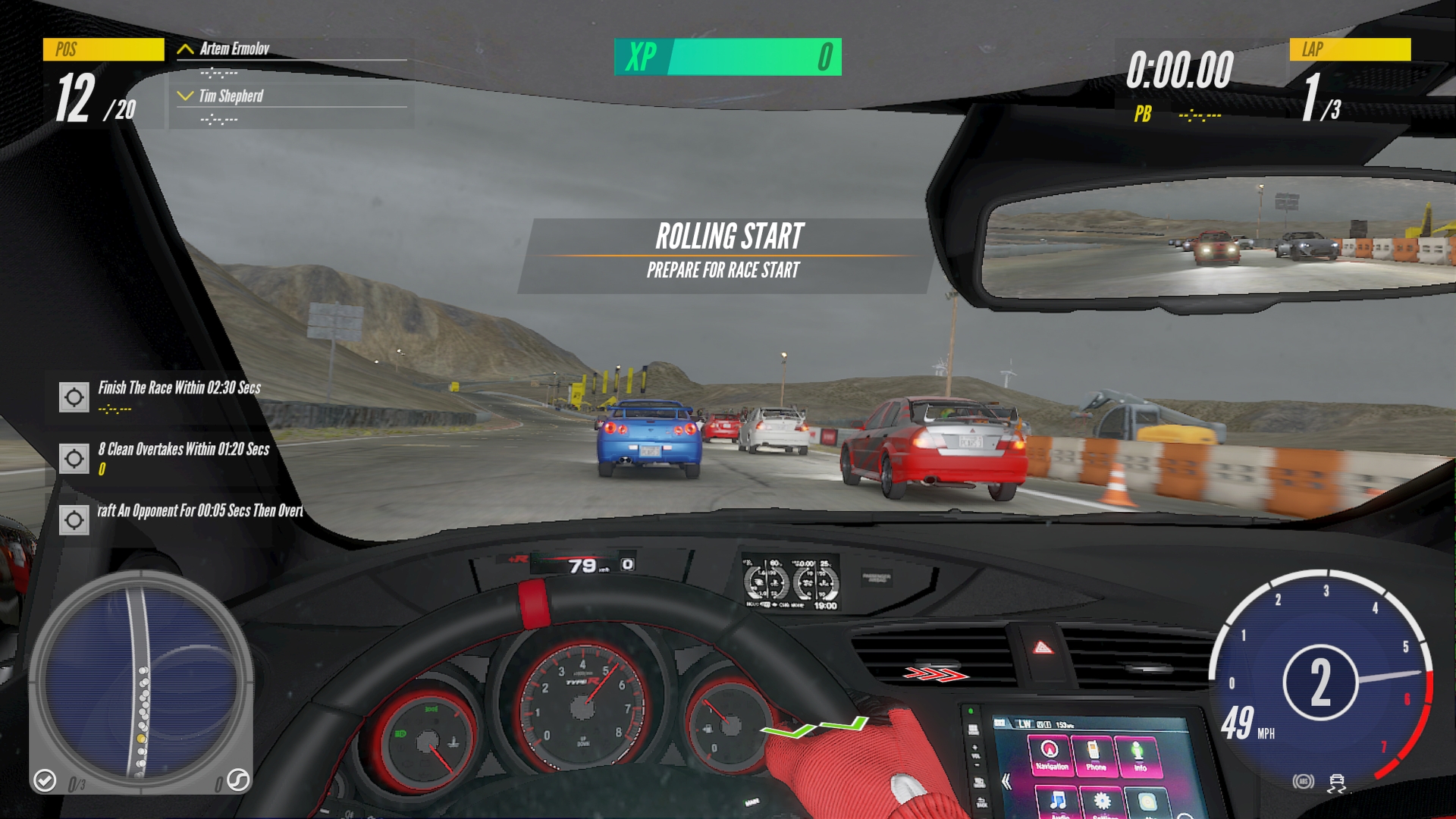
-
Project CARS 3 Review #11
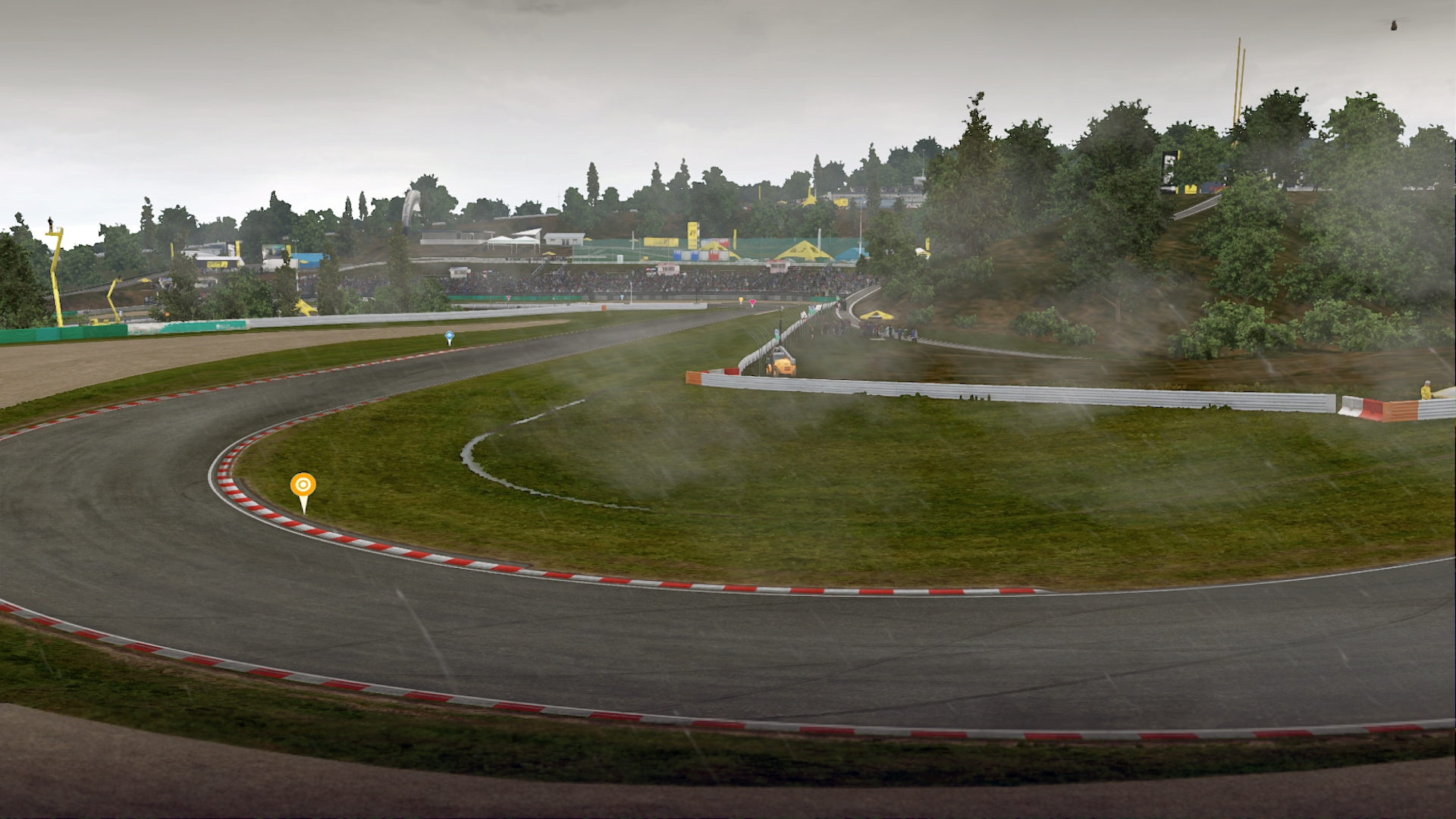
-
Project CARS 3 Review #12
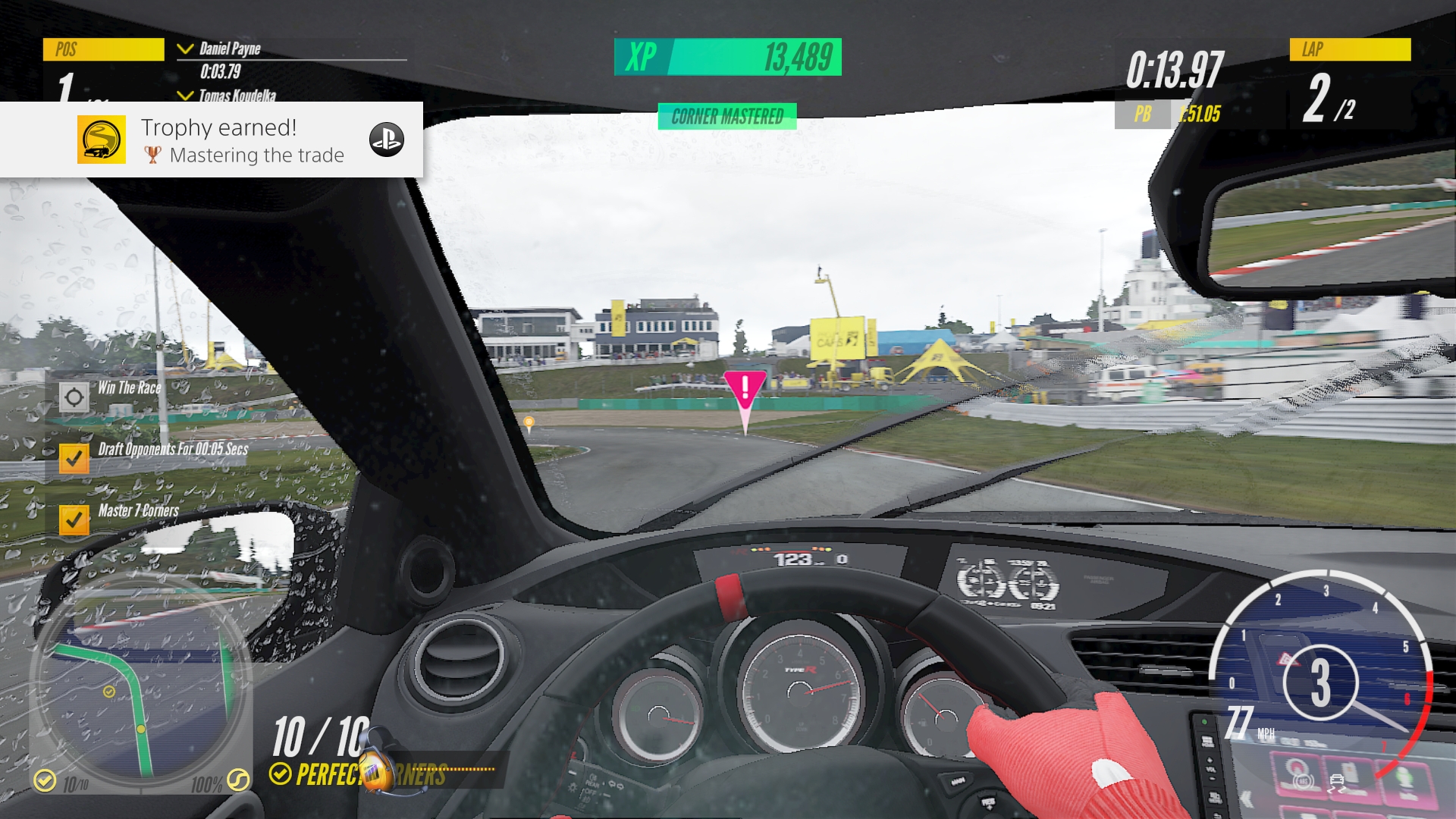
-
Project CARS 3 Review #13
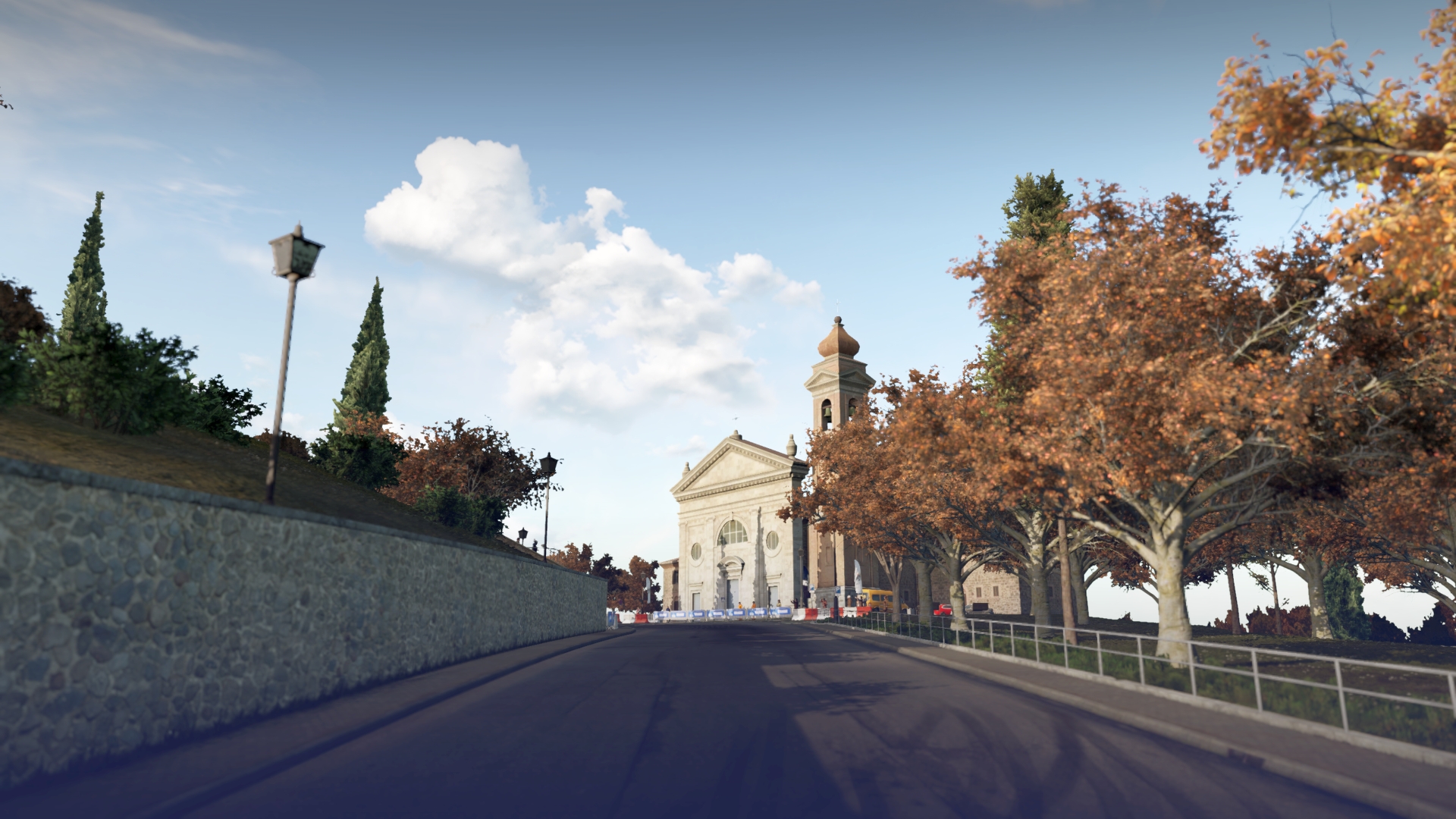
-
Project CARS 3 Review #14
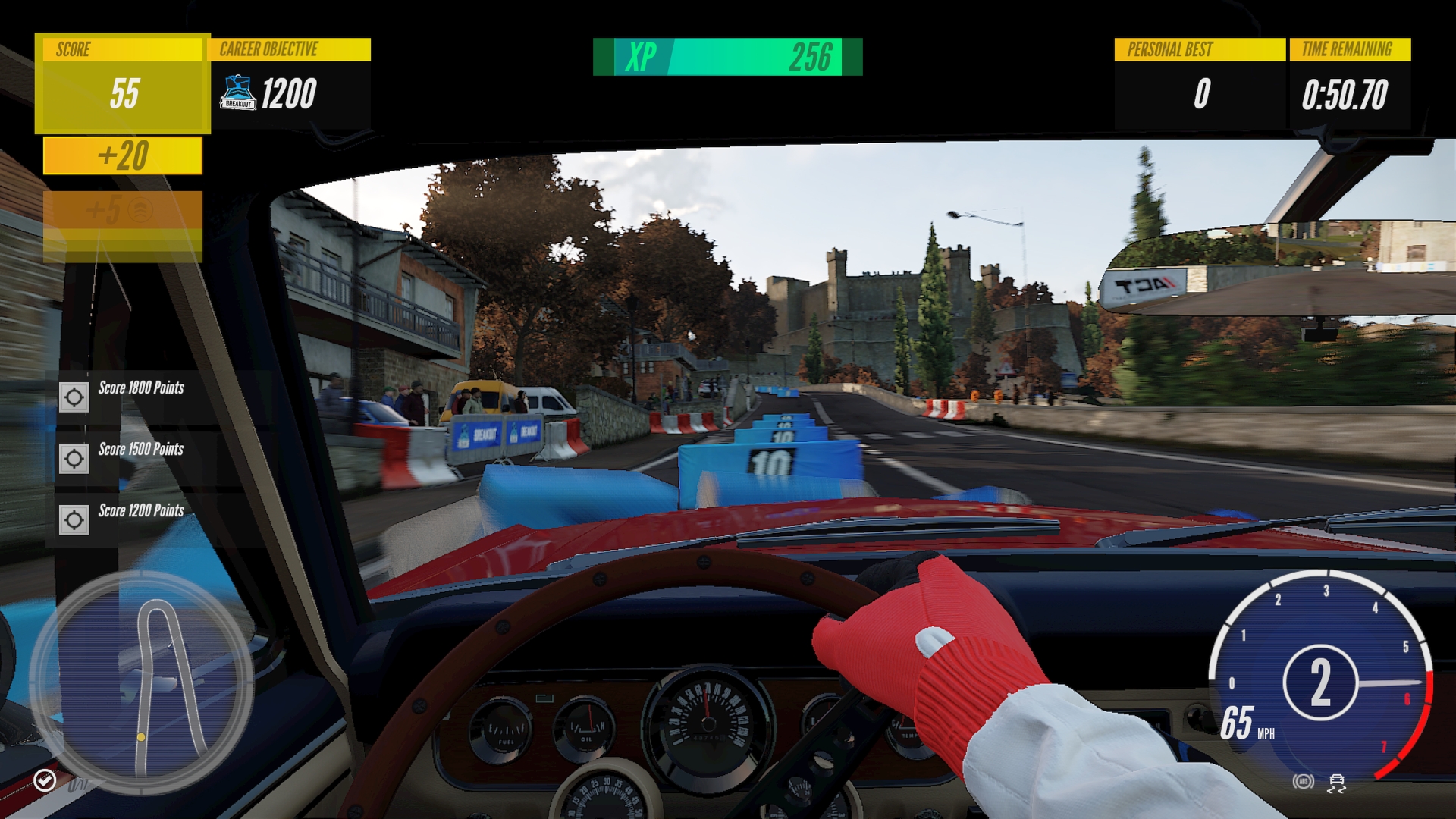
-
Project CARS 3 Review #15
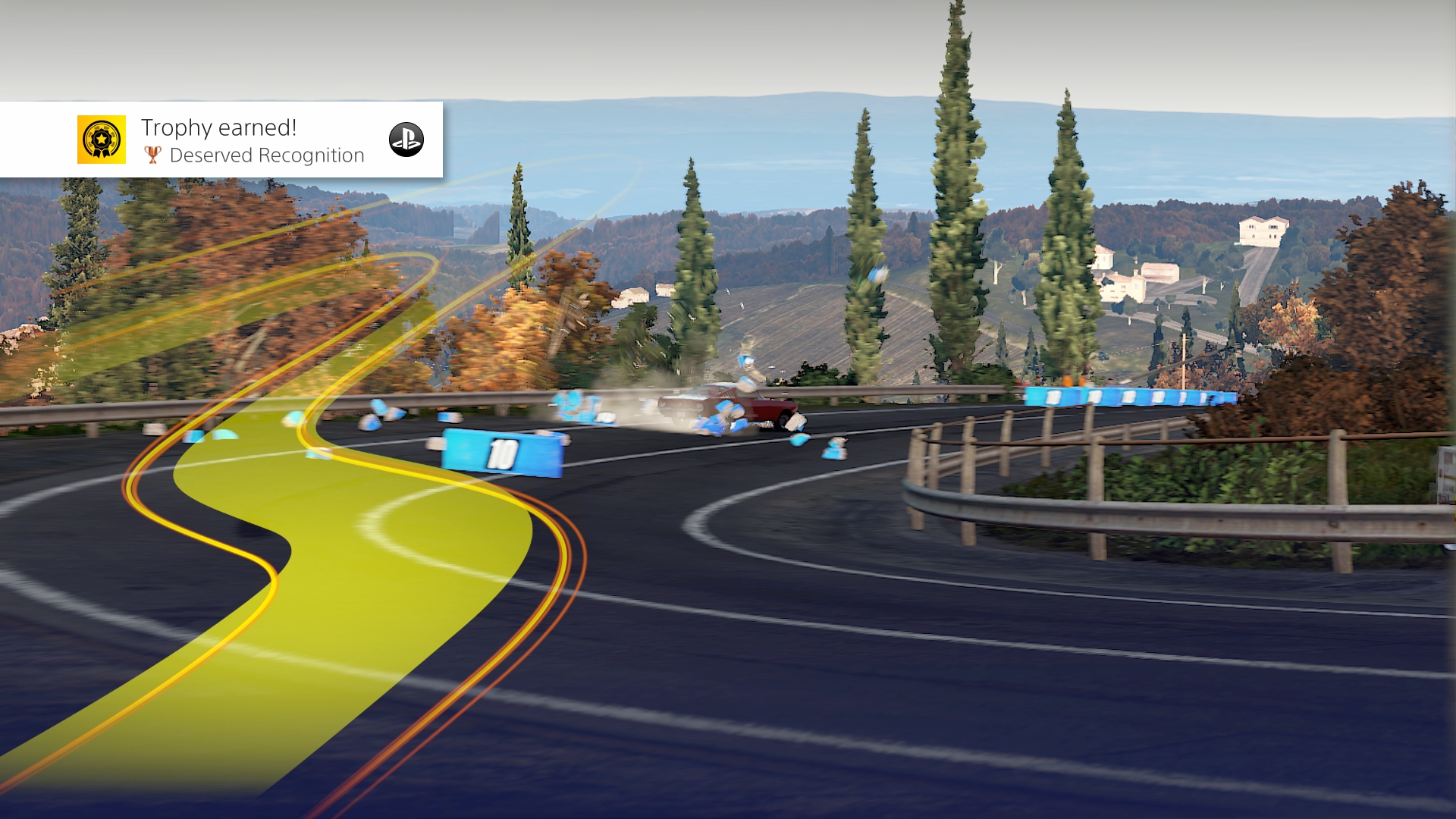
-
Project CARS 3 Review #16
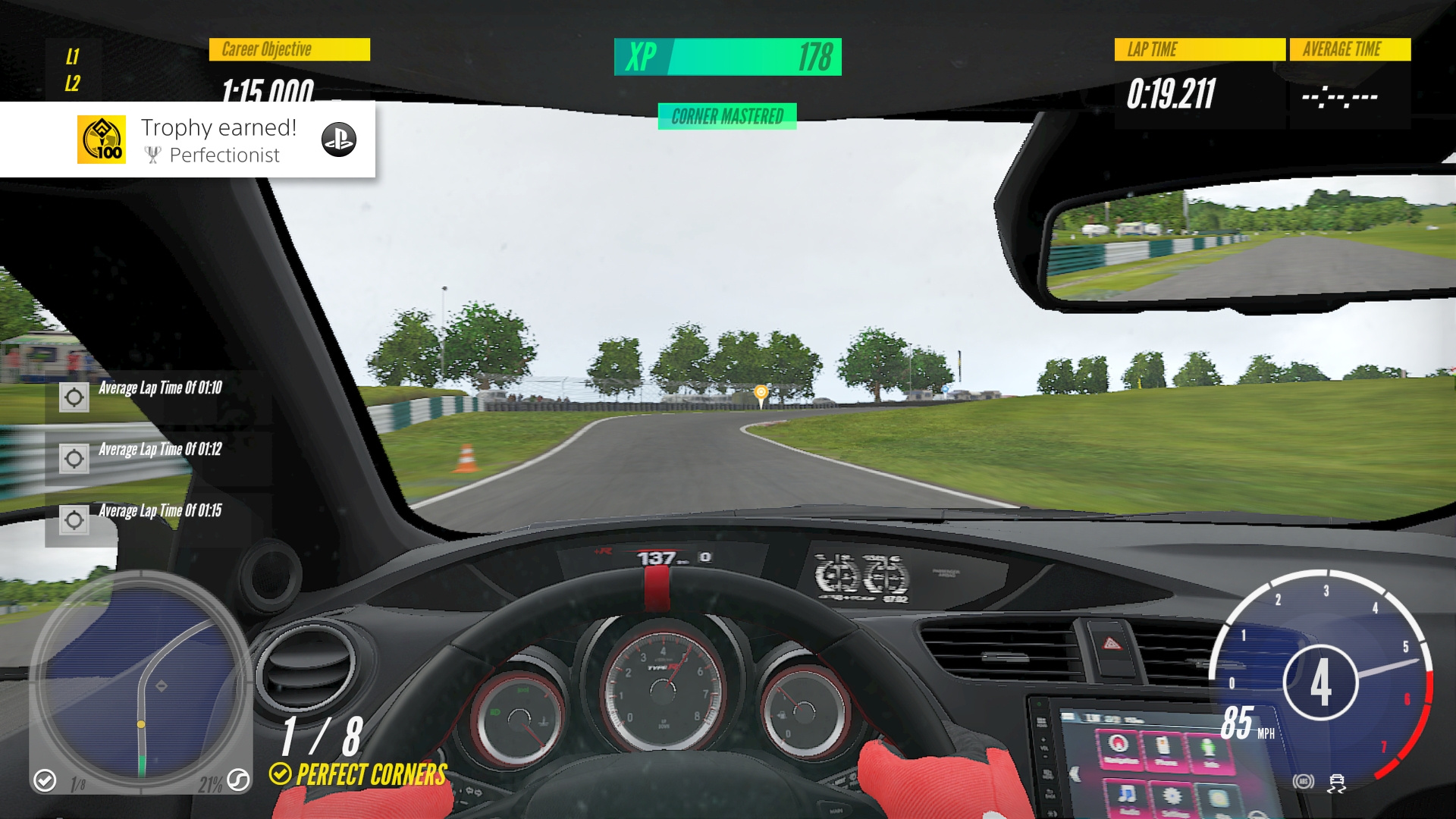
-
Project CARS 3 Review #17
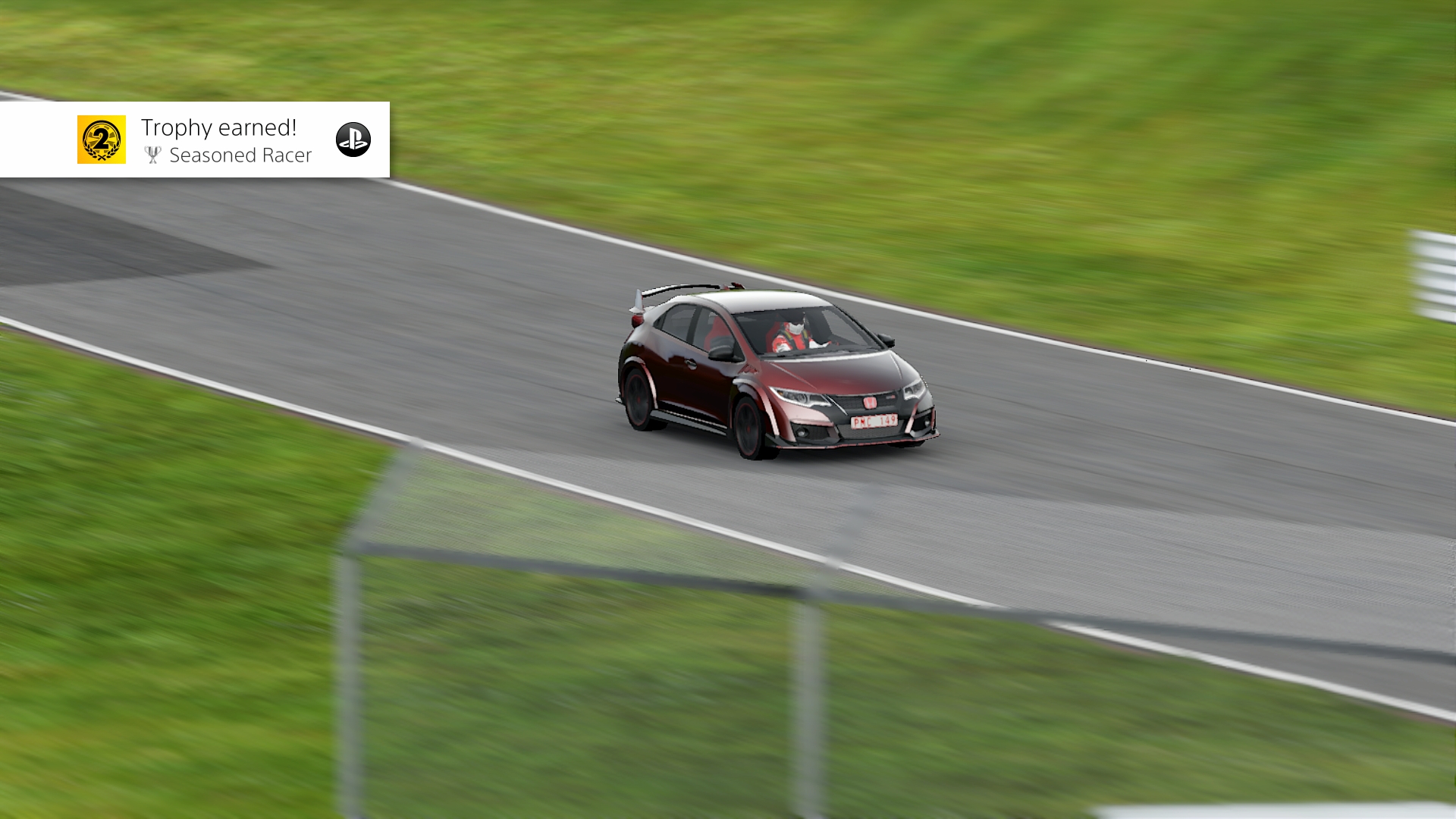
-
Project CARS 3 Review #18
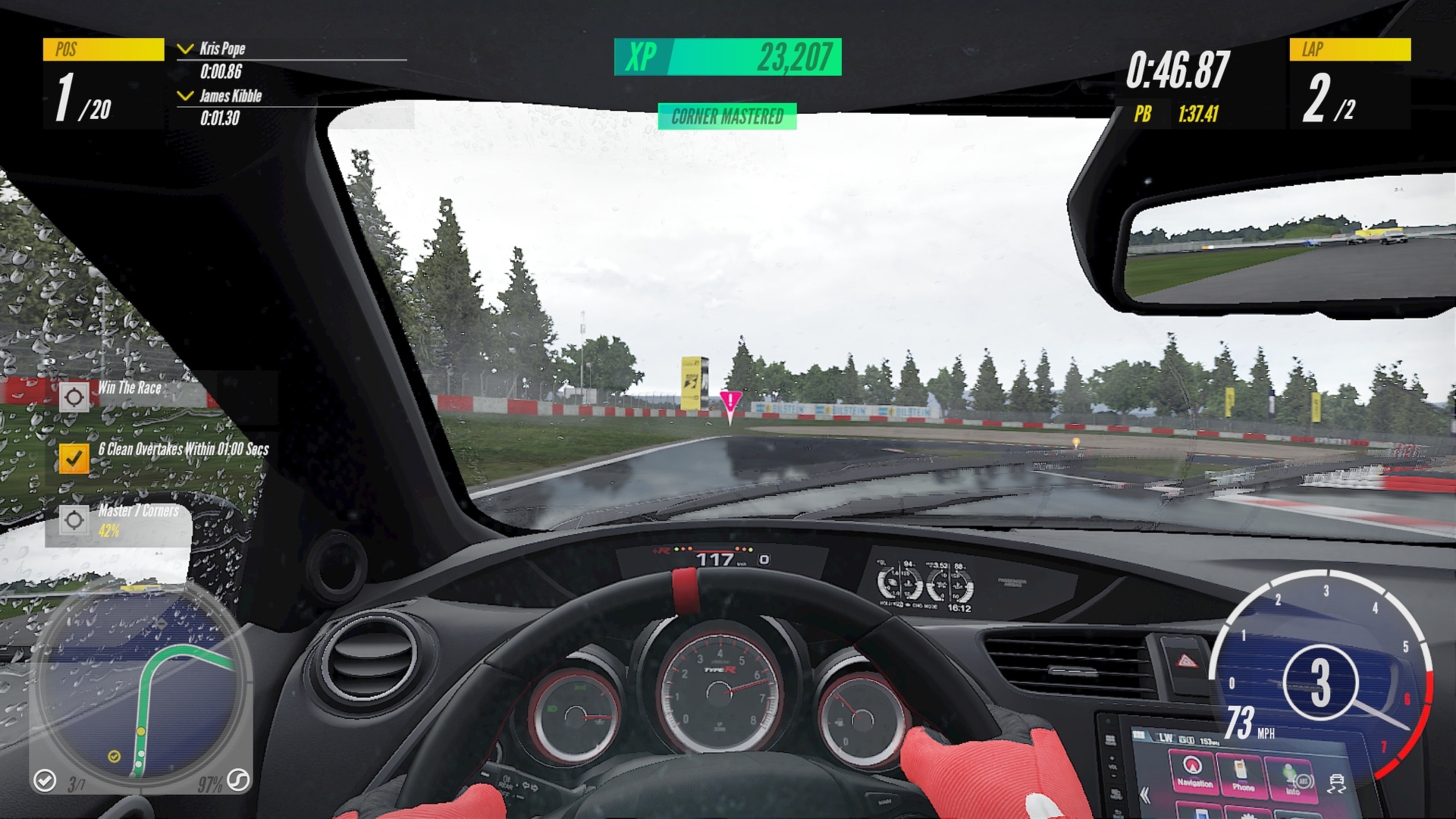
-
Project CARS 3 Review #19
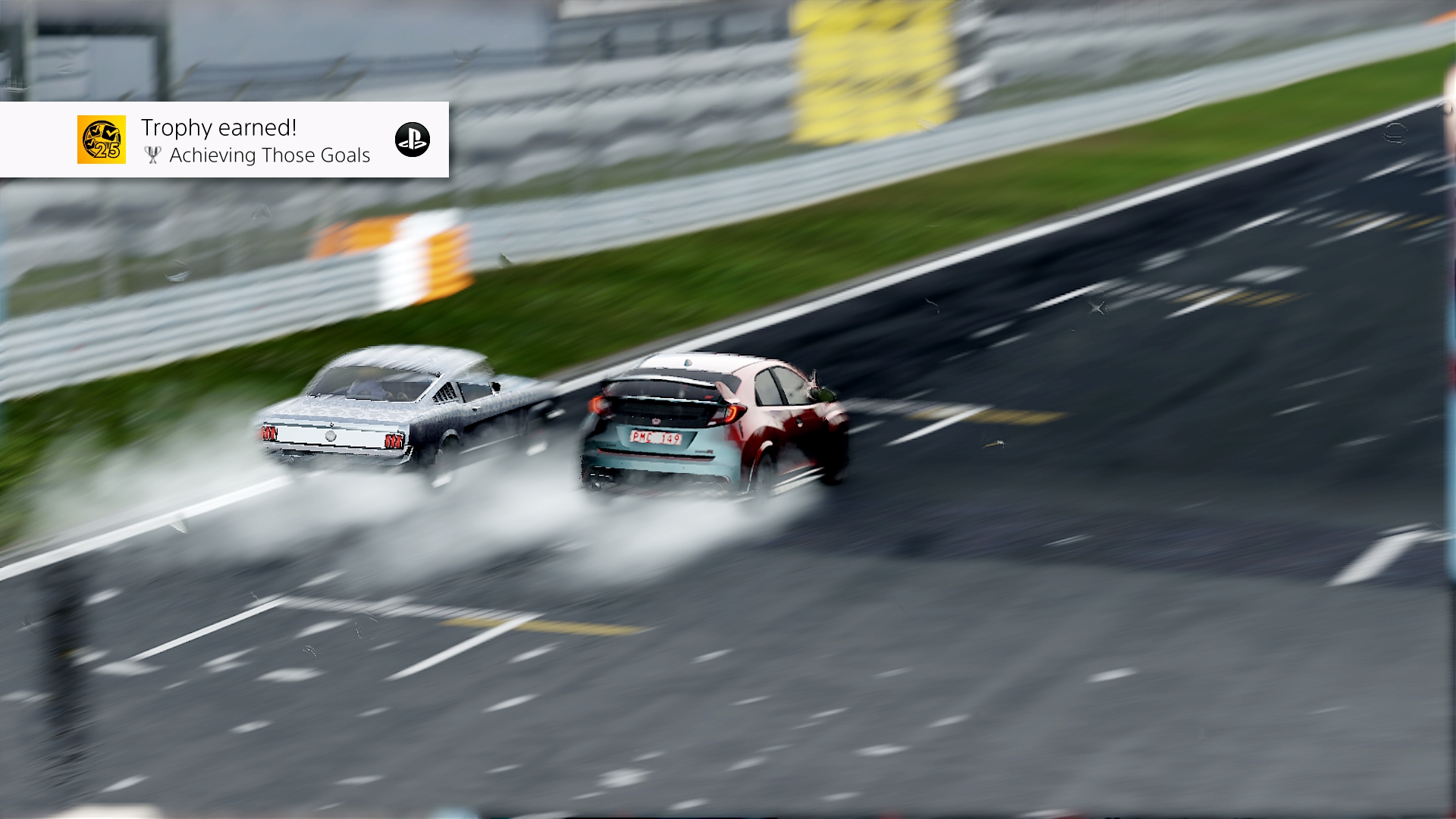
-
Project CARS 3 Review #20
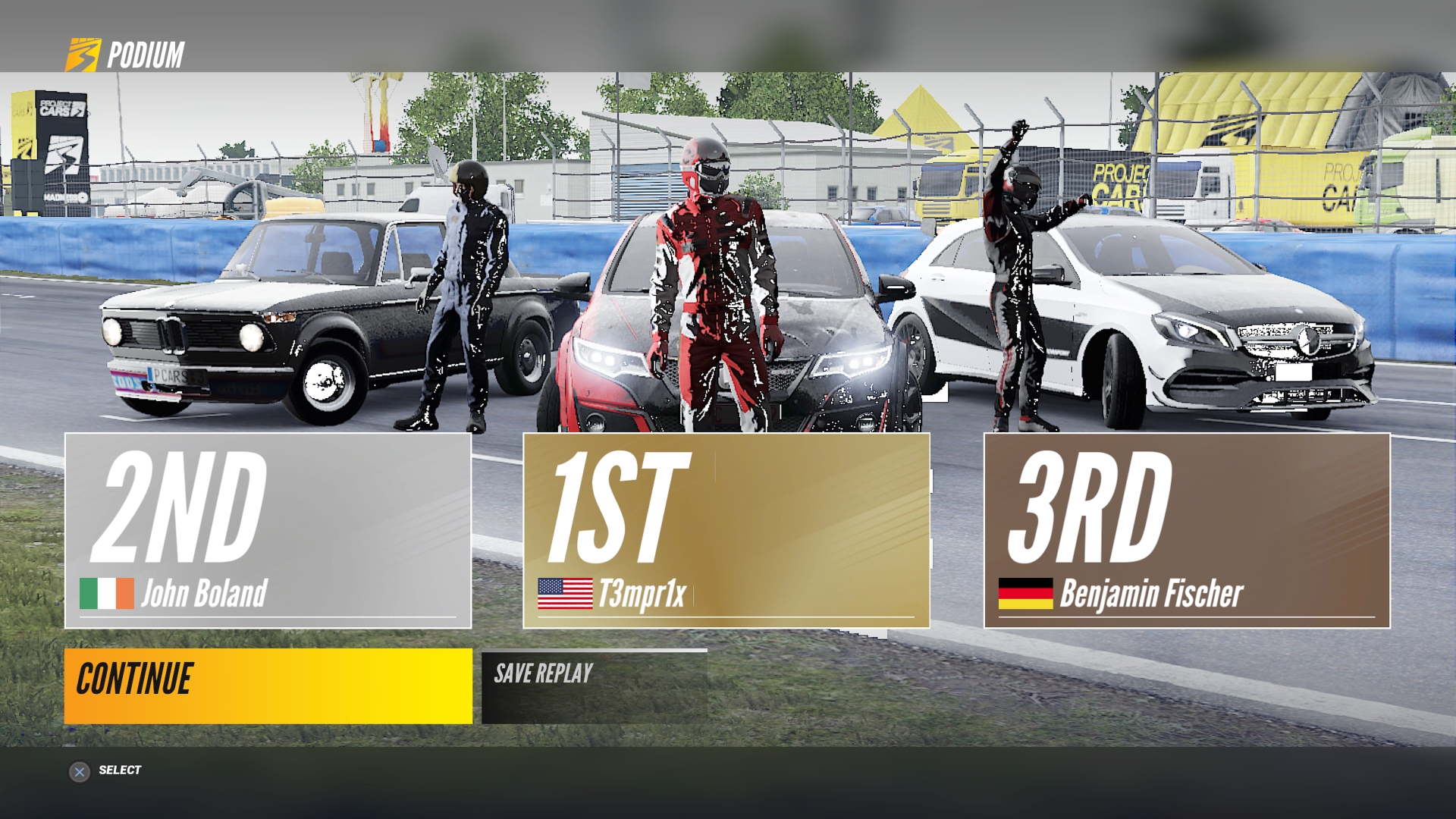
-
Project CARS 3 Review #21
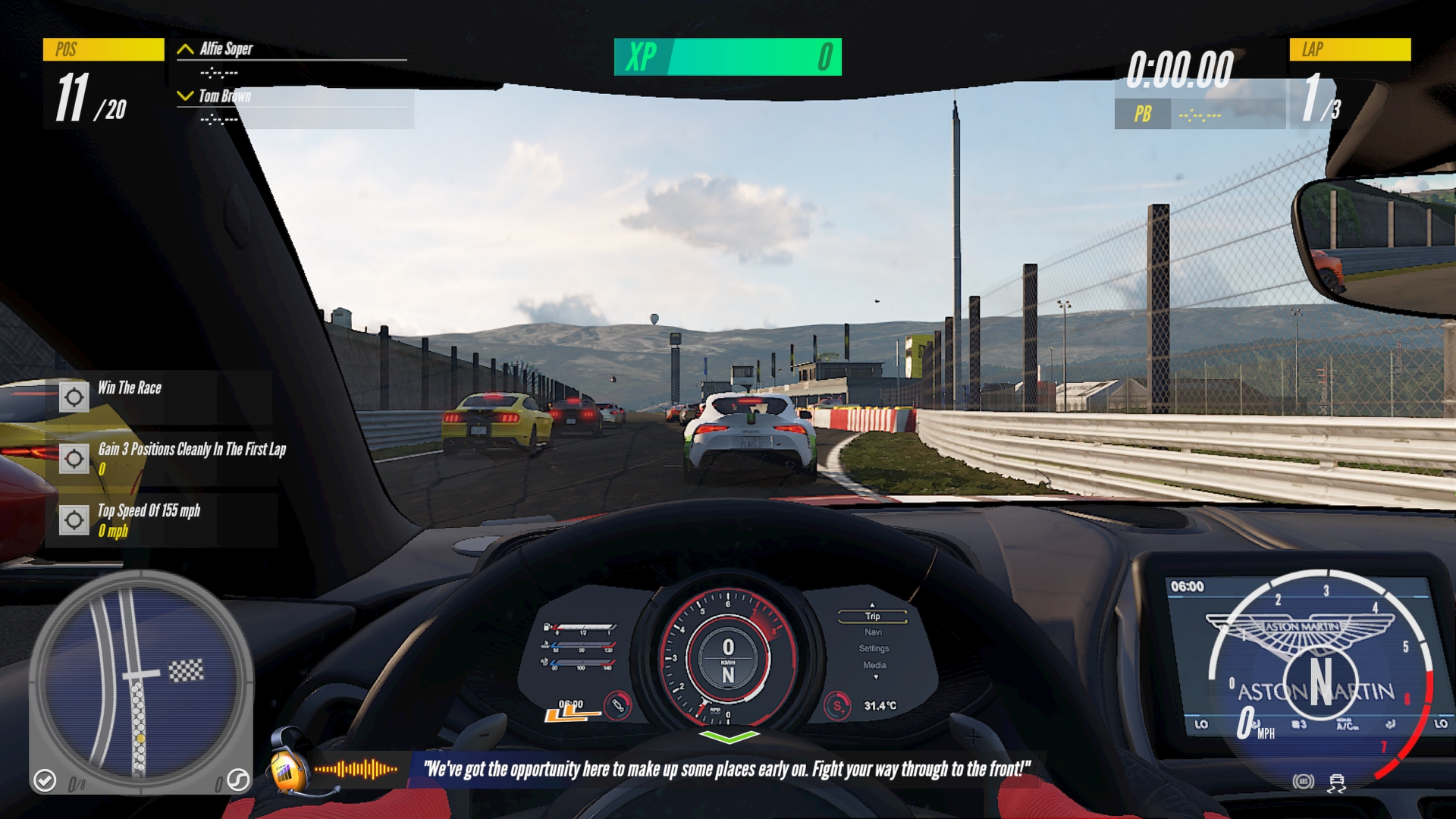
-
Project CARS 3 Review #22

-
Project CARS 3 Review #23
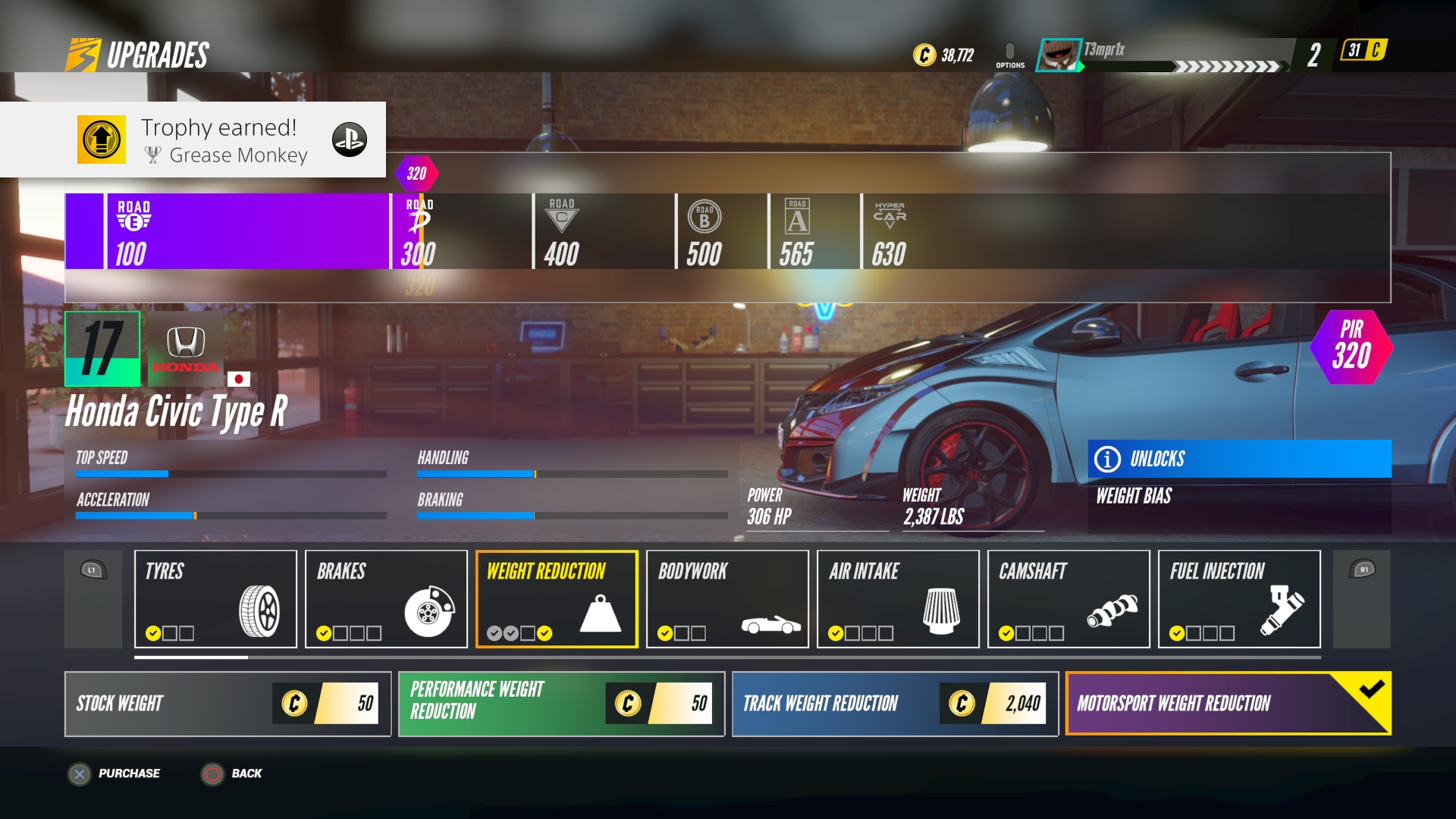
-
Project CARS 3 Review #24

-
Project CARS 3 Review #25
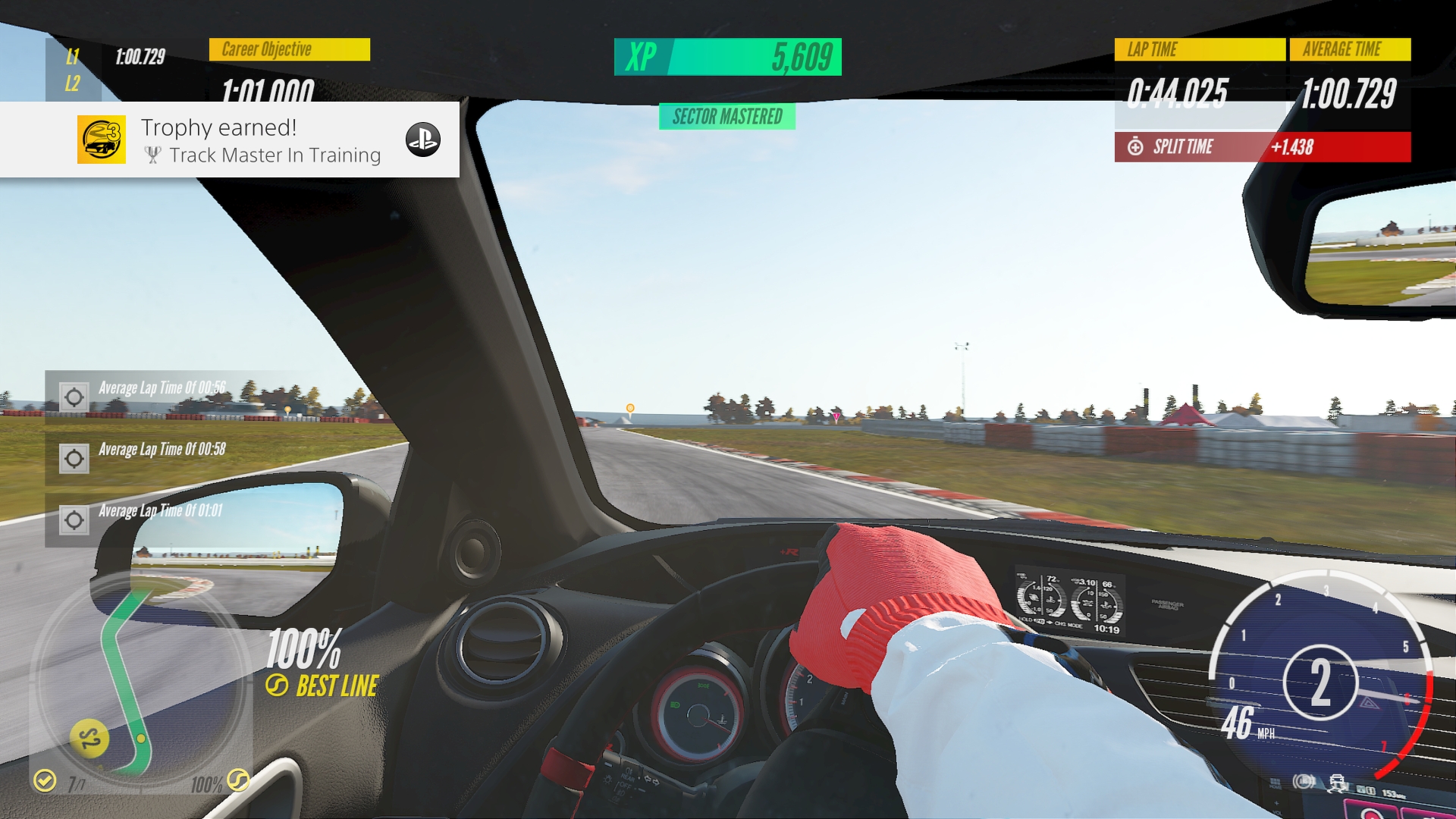
-
Project CARS 3 Review #26
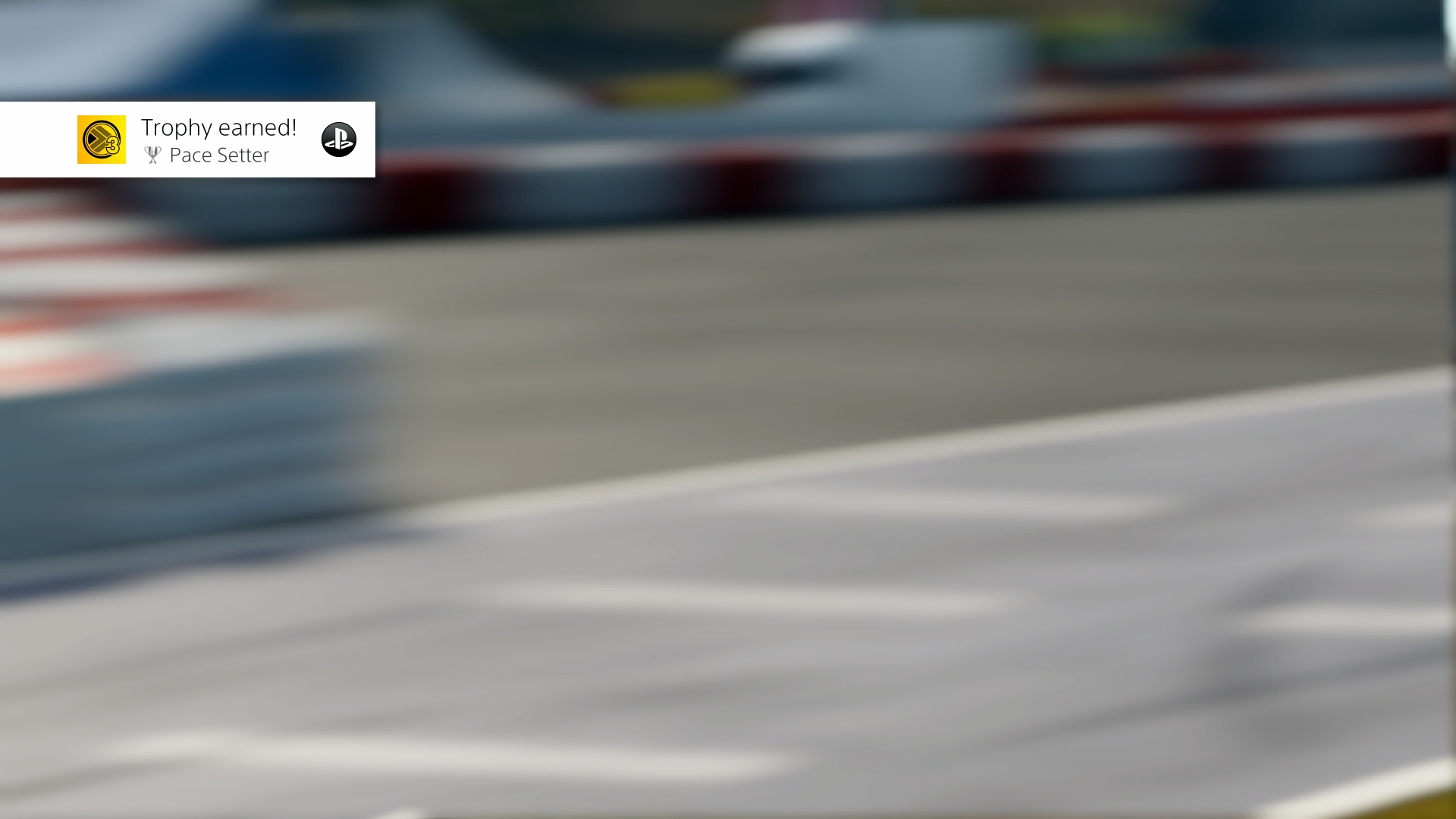
-
Project CARS 3 Review #27
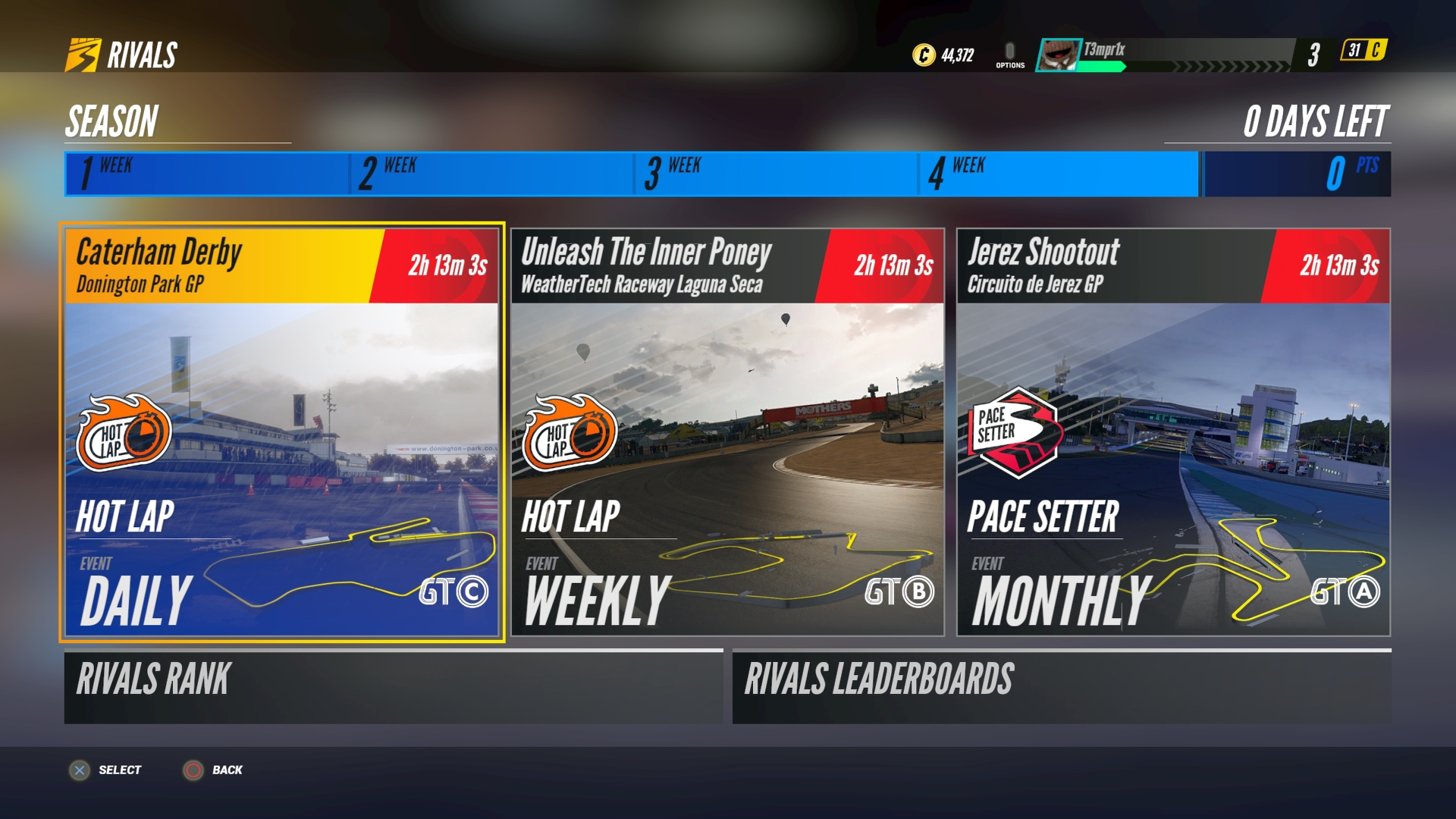
-
Project CARS 3 Review #28
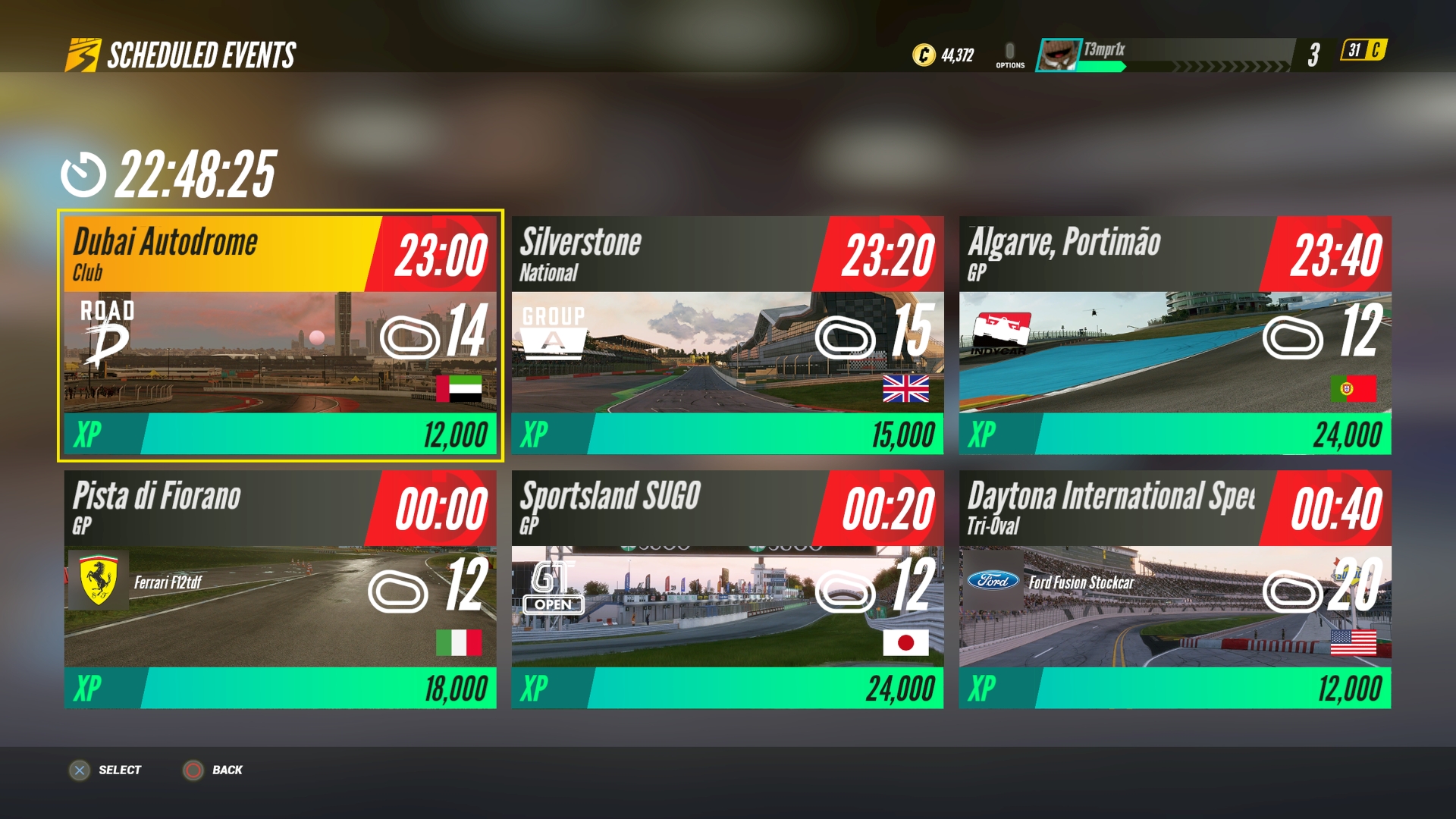
-
Project CARS 3 Review #29
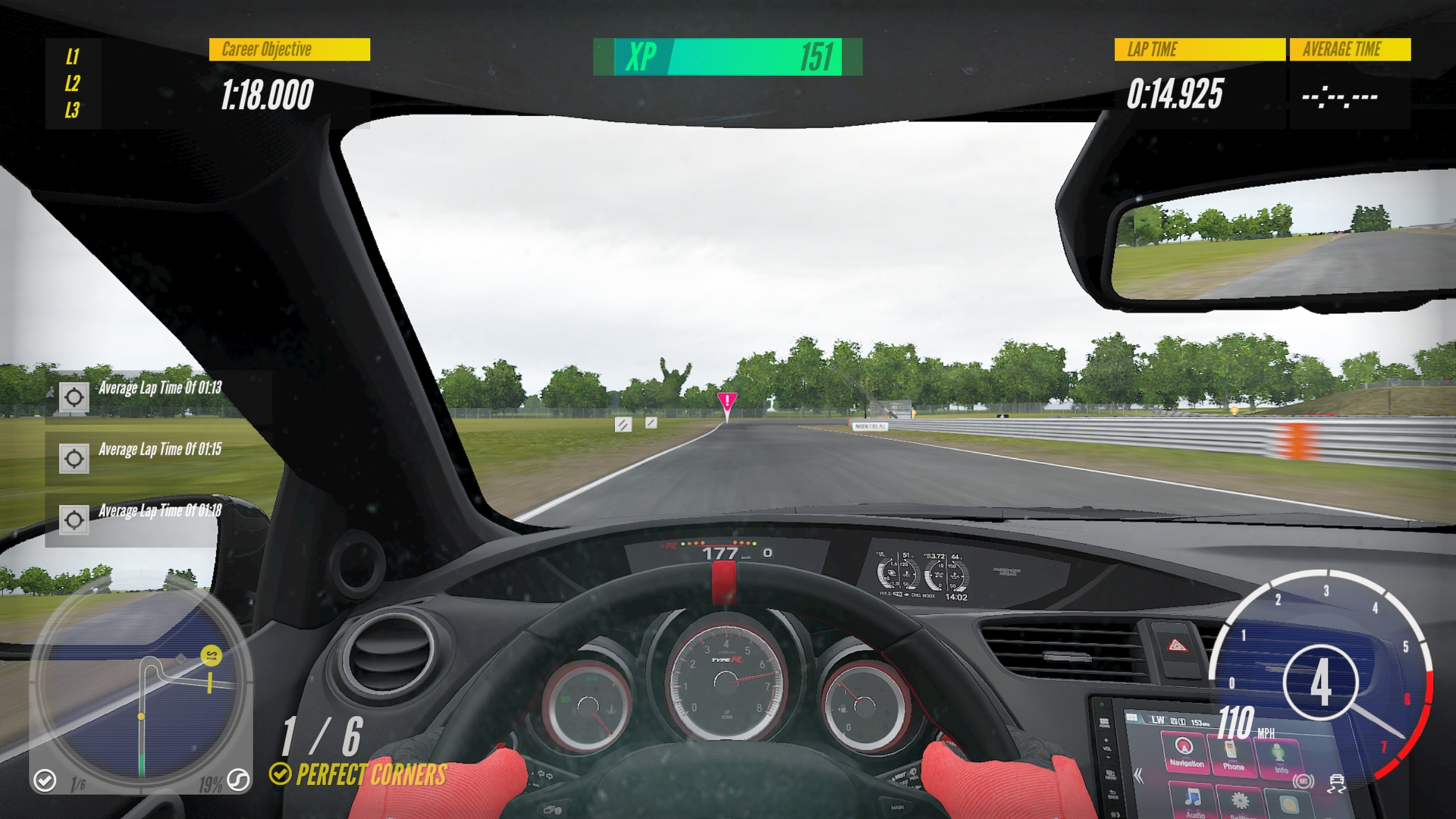
-
Project CARS 3 Review #30

-
Project CARS 3 Review #31
